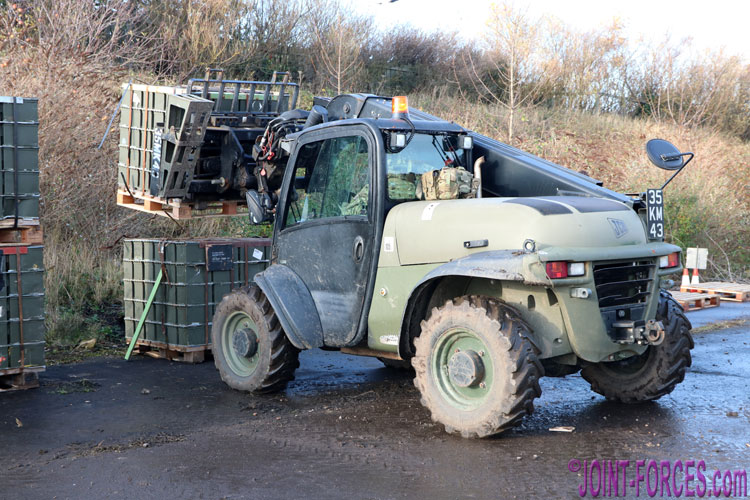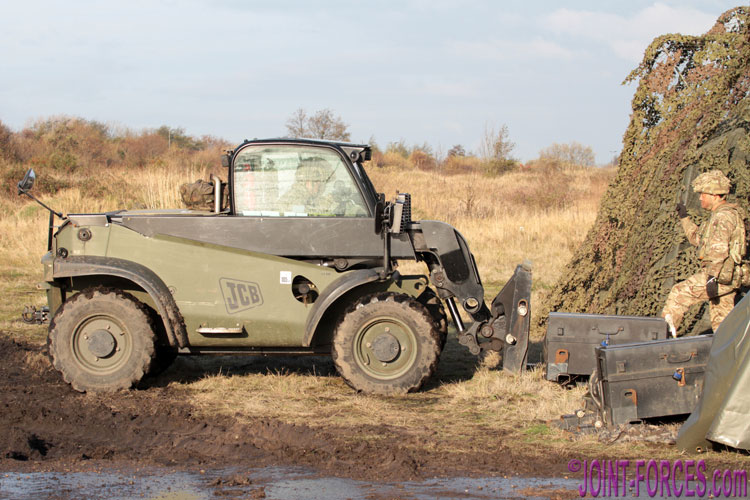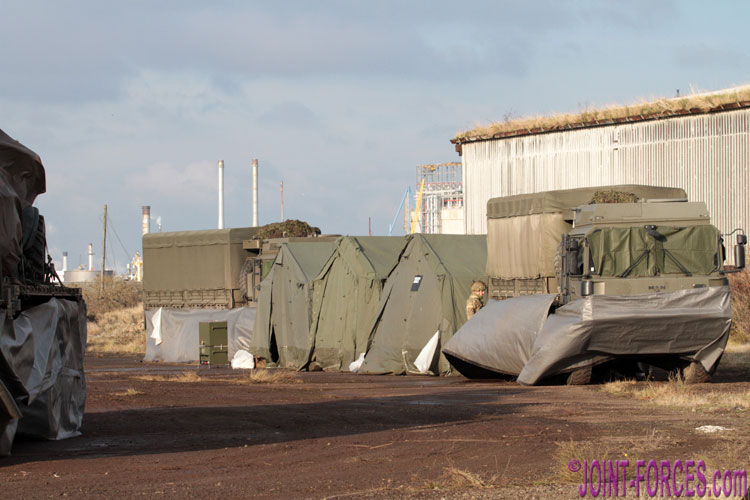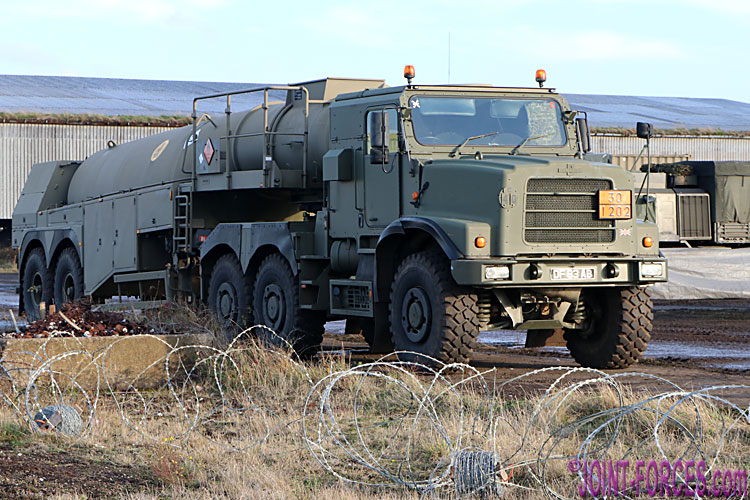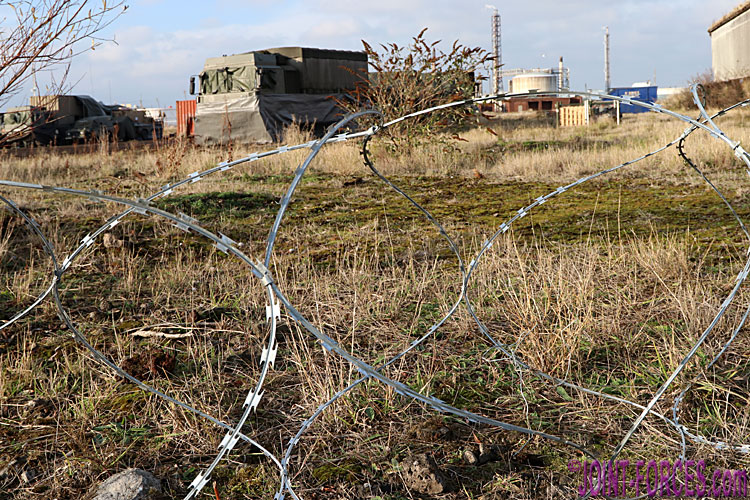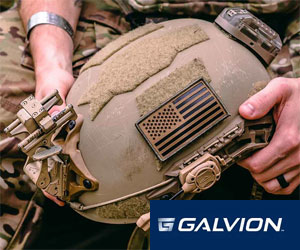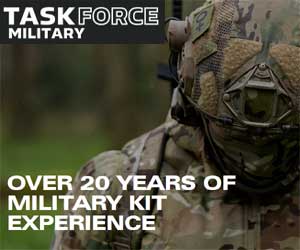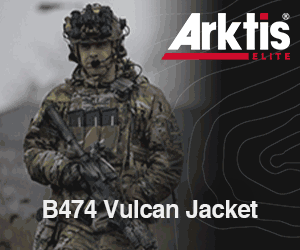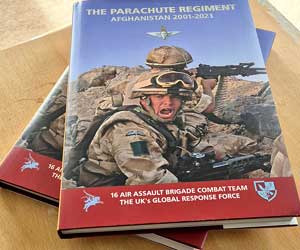Exercise IRON PYTHON 18, which ran through the second half of November, was a major logistic exercise run in real time using public roads and civilian commercial land, writes Bob Morrison.
In recent years many British Army field training exercises have become much less realistic than those held in the days prior to Operation TELIC (Iraq) and Operation HERRICK (Afghanistan) as in the main they have taken place almost entirely on military training areas using boringly familiar ground and convoy routes etc. For IRON PYTHON 18, however, 101 Logistic Brigade RLC stepped out of their comfort zone and went back to operating out in the real world just like the Cold War generation of military truckers used to do when exercising in support of BAOR, the British Army of the Rhine.
If one looks back to the two major TRACTABLE logistics exercises held in 2015 and 2016, important as they were, essentially they just brought a division’s vehicles and assets together in big fields on Salisbury Plain and then sent the drivers off following convoy routes over and around the training area which most of them probably knew so well from previous exercises that they could have driven them in their sleep. On the recent IRON PYTHON, however, not only were the component parts of 101 Logistic Brigade spread out over a more realistic 500 square kilometre block of urban terrain on Teesside, but the three major locations the Close Support Squadrons of the RLC Regiment servicing their infantry brigade clients had to deliver resupplies to every night were between 60km and 220km distant – just as they probably would be in an operational environment.

The badge of 101 Logistic Brigade harks back to Blackadder Lines in Al Jubayl in 1990/1 – I still have my original sand coloured example [©BM]

RLC personnel controlling resupply vehicles in real time from the 4 Regt HQ in the back of one of two MAN SV trucks [©BM]
In total 4 Regiment deployed around 330 personnel with 128 vehicles from their base in Oxfordshire to a Brigade Support Group location at Hartlepool Port, where they joined REME (Royal Electrical & Mechanical Engineer) and RAMC (Royal Army Medical Corps) squadrons, and set up a Field Storage Area. Here materiel was in-loaded from the Divisional Supply Areas by third line RLC elements of 27 Logistic Regiment and 10 Queen’s Own Gurkha Logistic Regiment to be receipted and stored by 4 Regiment’s General Support Squadron and then pushed forward to the fighting units by its Close Support Squadrons operating from dispersed locations.

The Brigade Support Group was widely dispersed around the port on both waste ground and hard standing [©BM]
As a photojournalist who covered a number of large BAOR field training exercises out in the civvy world in the closing stages of the Cold War, not to mention having covered real-time logistics in the field during Op GRANBY (both in Germany and Saudi Arabia) plus UNPROFOR and IFOR in the Former Yugoslavia, I for one welcome this return to more realistic logistic training and hope to see much more of it in the future.
Like 101 Logistic Brigade, JOINT-FORCES.com wish to express our thanks to the management of both the Port of Hartlepool (PD Ports) and the Redcar Steel Works site for their assistance in producing this article.
{ images © Bob Morrison }
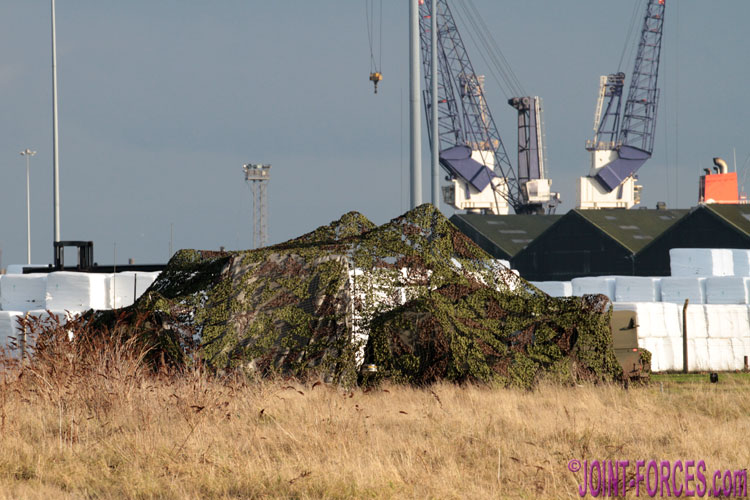
Normal operations at the Port of Hartlepool, including loading and unloading of ships, continued around the RLC exercise [©BM]
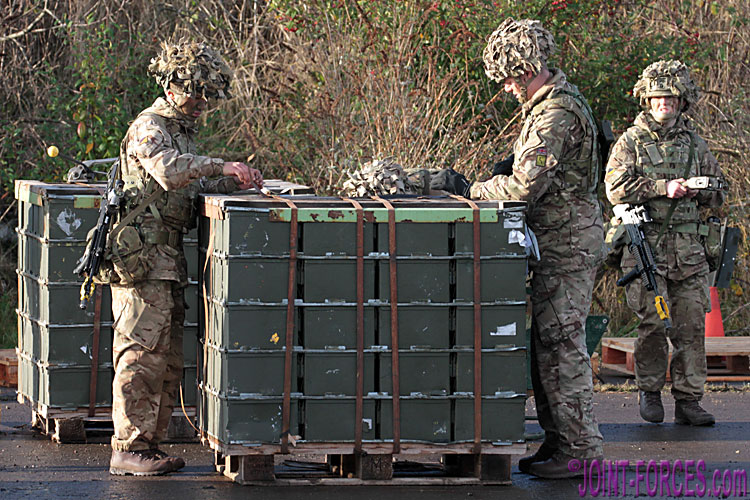
Loads, both real and simulated, were checked in and redistributed to infantry client units in the field [©BM]
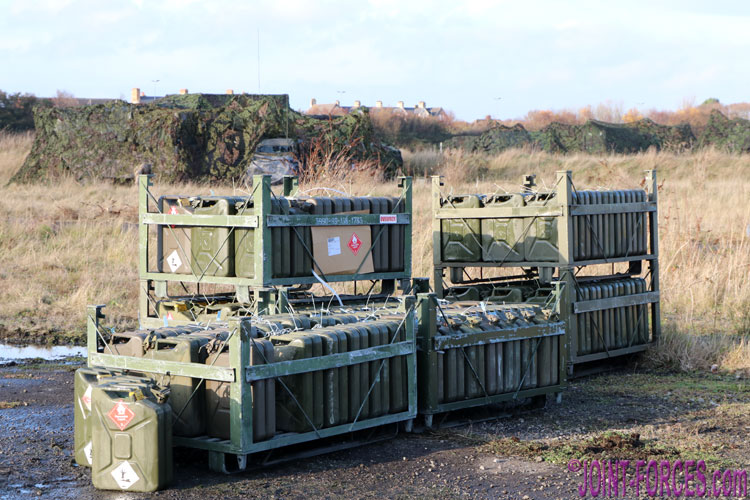
Full jerrycans awaiting redistribution – an infantry brigade uses an incredible amount of fuel every day [©BM]
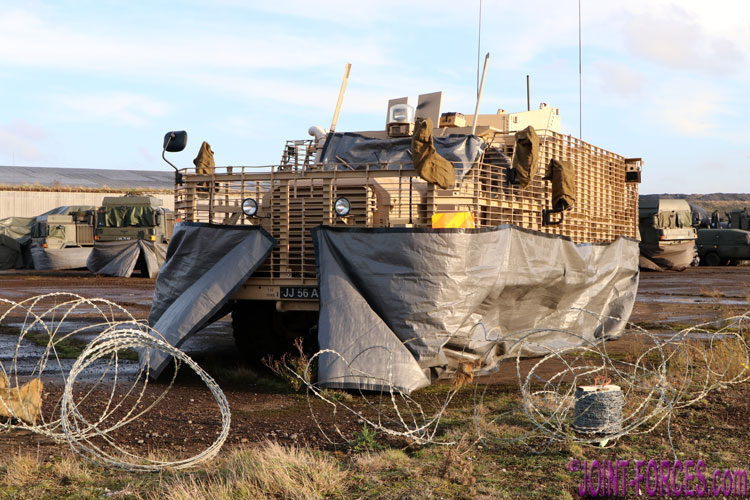
This MASTIFF command post was one of very few armoured vehicles used by 4 Regt RLC on IRON PYTHON [©BM]

Loading a MAN SV during daylight prior to a road move after dark – tarpaulins are used to disguise the truck’s lower outline [©BM]
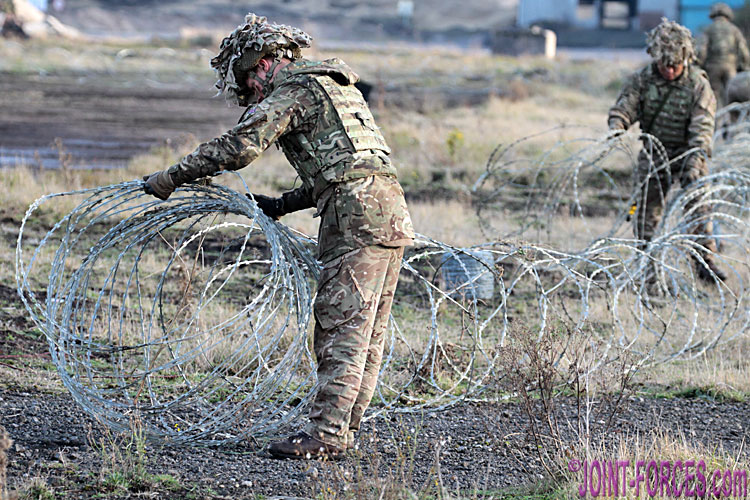
Security had to be tight at the Steel Works as there is a persistent threat of theft by ‘travellers’ [©BM]
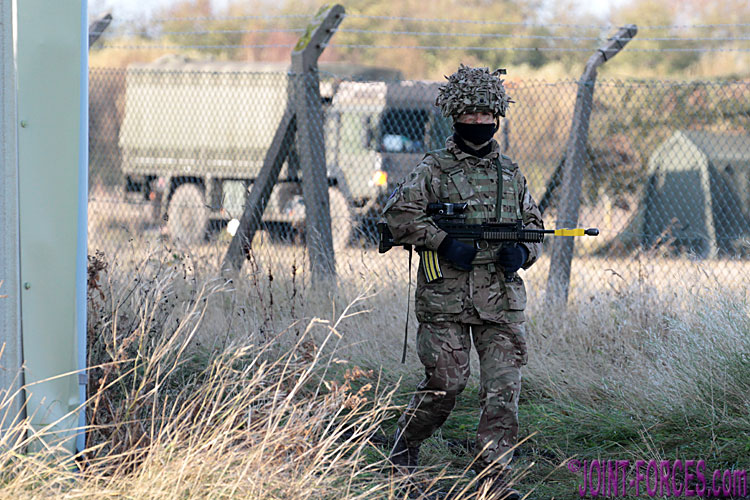
Logistician on perimeter patrol at the port – over 6% of the RLC troops on the exercise were female [©BM]

“We’ve really tried to innovate and put ourselves where we would expect to be operating in war. That is not on a military training area, that’s not in a wood block, that’s actually in the urban fringes, that’s operating amongst a normal population to ensure that we can do this.” Lt Col Craig Hanson RLC [©BM]


